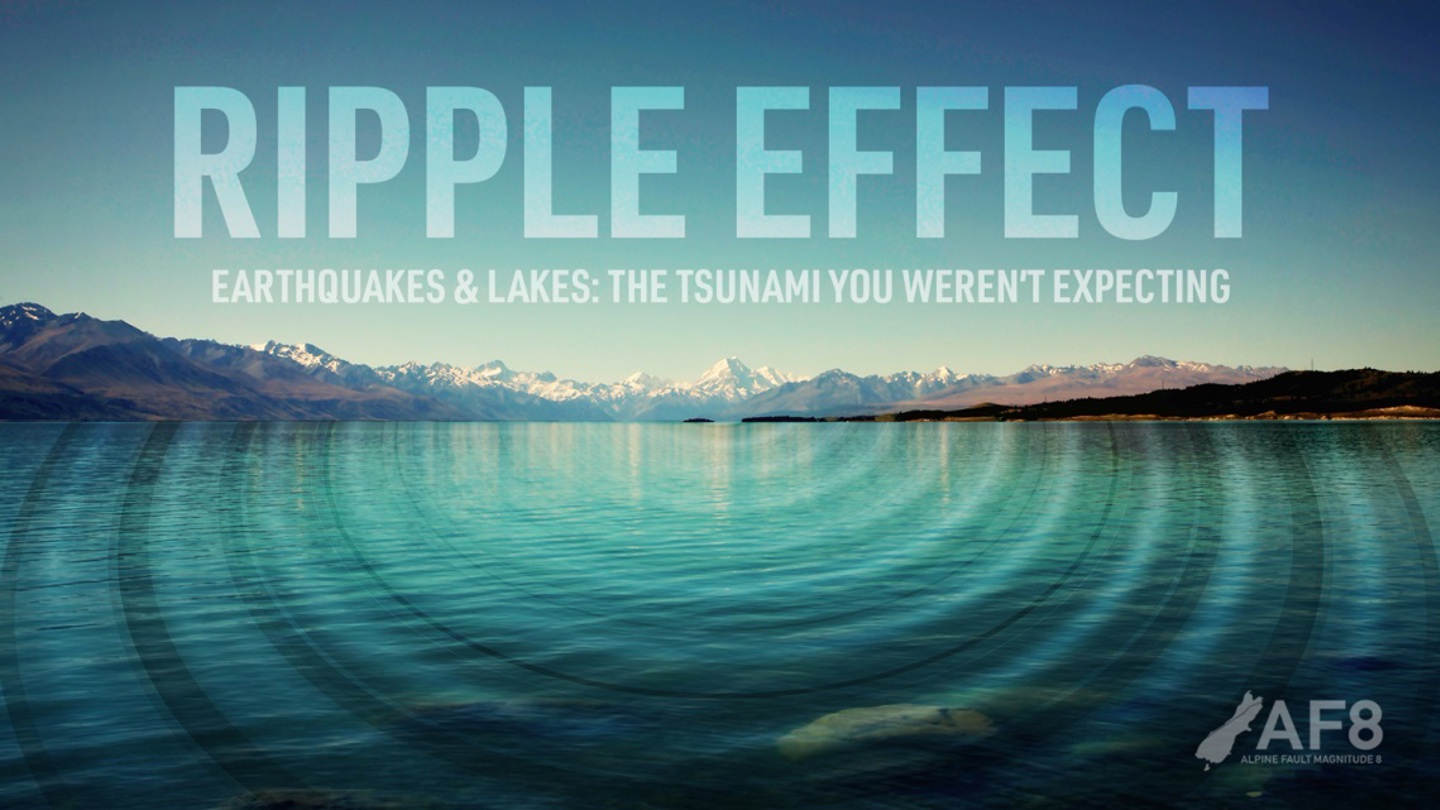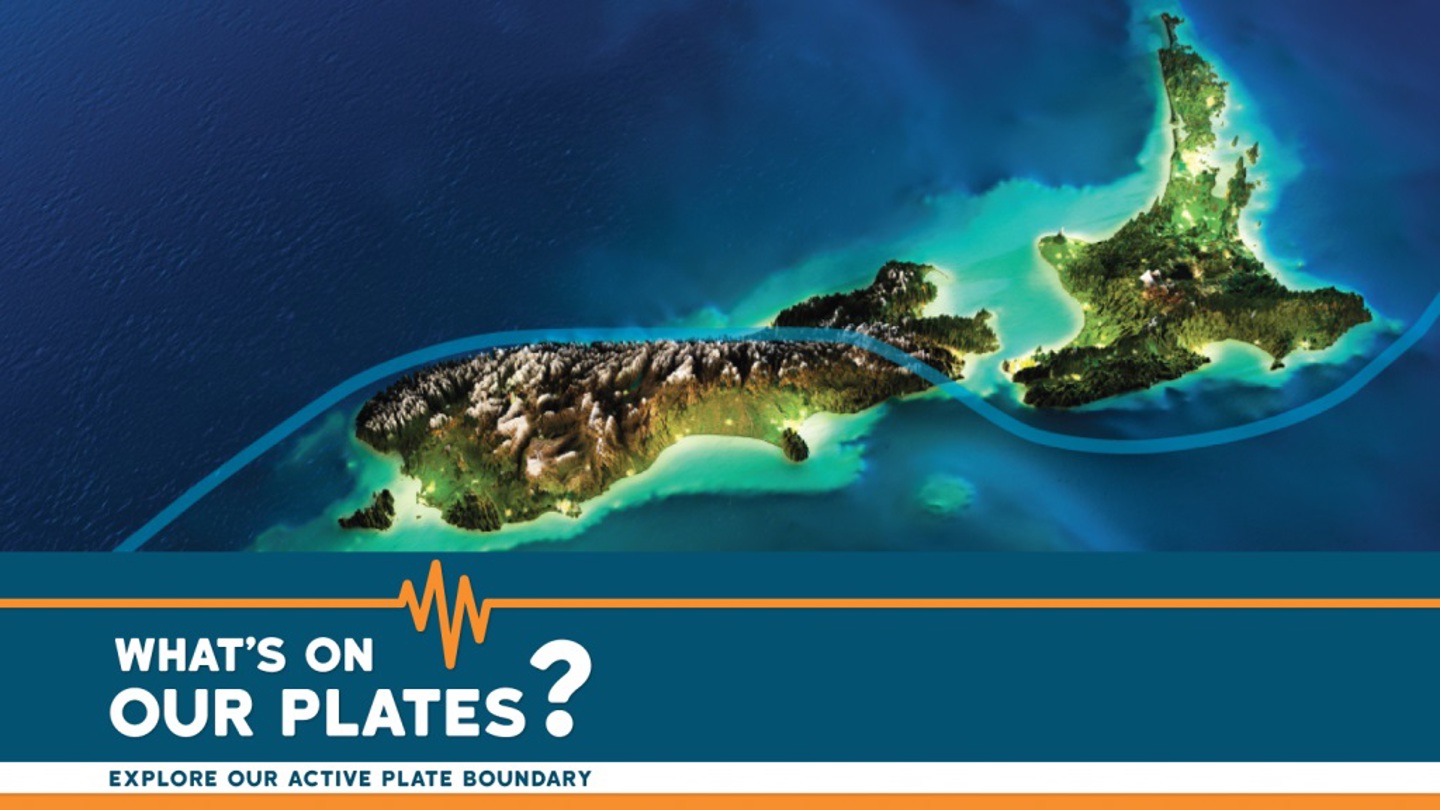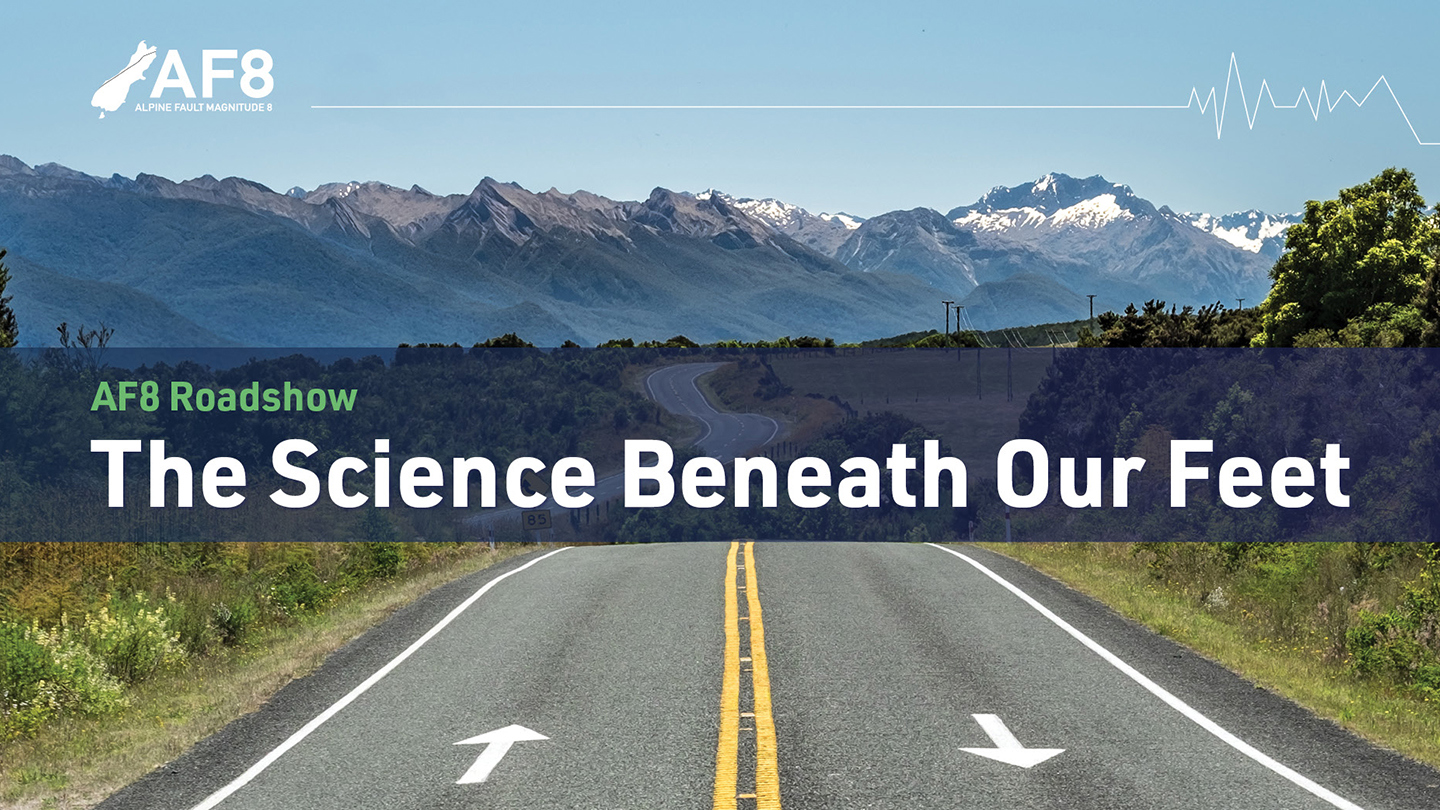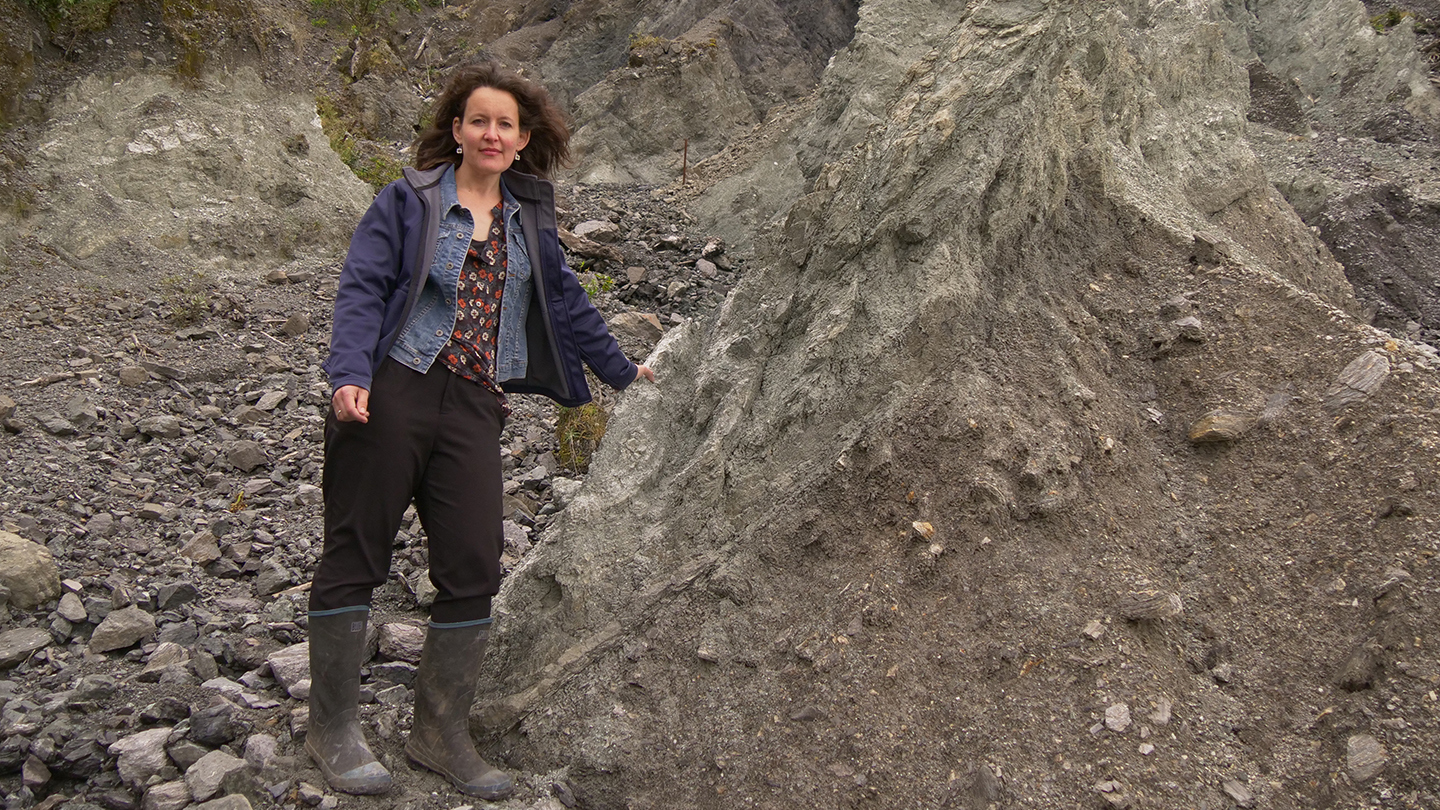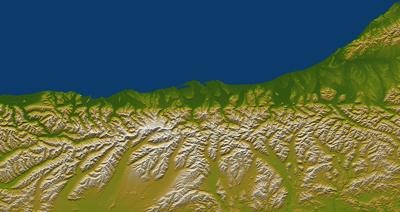The Alpine Fault runs for over 800km up the spine of the South Island. It’s the part of the active boundary between the Pacific and Australian tectonic plates where they intersect on land. The Southern Alps have been formed over millennia by upthrust from successive earthquakes on the Alpine Fault. The fault is estimated to move horizontally up to 10m at a time during an earthquake. GNS scientists calculate that the Southern Alps have been raised by 20km over the last 12 million years, and it’s only the effect of constant erosion that has kept the tallest peaks in this mountain range from being over 4000 metres high.
Planning for the next earthquake is based on scientific research and modelling to establish what will happen to our communities and our infrastructure when the Alpine Fault ruptures again.
While we can’t predict when earthquakes will occur, scientific research has shown that the Alpine Fault has a remarkably regular history of producing large earthquakes. By analysing sediment deposited at two sites in Fiordland – John O’Groats and Hokuri Creek – during previous earthquakes, scientists have established that the Alpine Fault has ruptured 27 times over the last 8000 years. That’s every 300 years on average. The last significant quake on the Alpine Fault was in 1717. There is no reason why the pattern should change now: in other words the next severe earthquake on the Alpine Fault is likely to occur within the lifetime of most of us, or our children.

